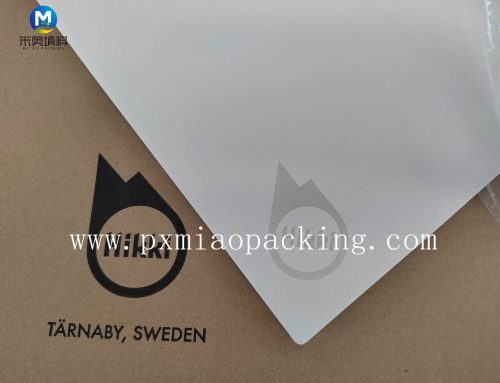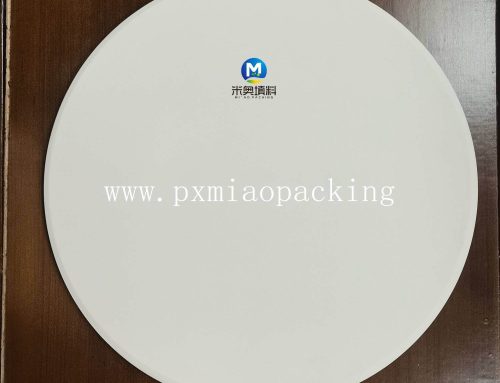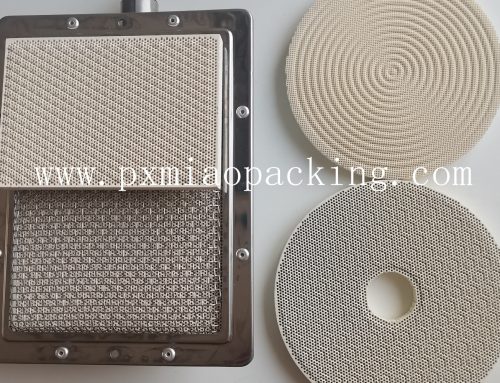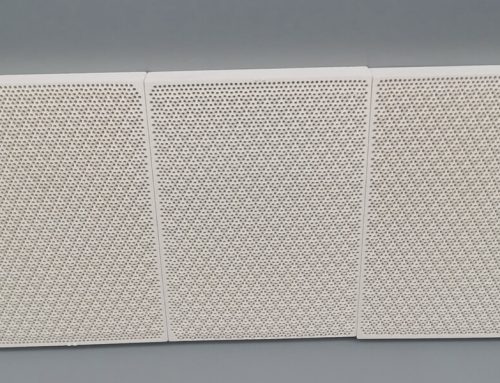In today’s ever-evolving world of technology, the pursuit of efficient and sustainable solutions has driven innovation across countless sectors. One such innovation that has captured the attention of experts and consumers alike is the cordierite-based honeycomb ceramic block, particularly utilized in infrared gas burners.
What is Cordierite?
Cordierite, a magnesium iron alumina silicate material, is renowned for its remarkable thermal properties. With a natural ability to resist extreme temperatures, cordierite remains stable even when subjected to thermal shocks. Given its highest temperature resistance of up to 1050 degrees, it’s no surprise that this material has found its niche in the manufacturing of infrared gas burner ceramic plates.
Unique Structure: The Honeycomb Advantage
Honeycomb ceramic blocks are so named for their distinct hexagonal, honeycomb-like structure. This unique design is not just for aesthetics. The myriad of small pores across the surface increases the surface area exposed to flames, allowing for a more even heat distribution. When gas is ignited beneath these ceramic plates, the honeycomb structure ensures that the ceramic plate heats uniformly. One of the defining advantages of this design is that once the plate is heated to a certain point, there’s no visible flame on its surface, ensuring safer and more efficient combustion.
Applications of Cordierite-based Honeycomb Ceramic Blocks
Different shapes serve different purposes. Square honeycomb ceramic blocks, for instance, have found immense popularity in domestic heaters and barbeque grills. Whether fueled by liquefied gas or natural gas, these ceramic blocks offer an eco-friendly and safe heating solution. For those who enjoy a good barbeque, these ceramic blocks promise evenly grilled meats, perfect steaks, and succulent ducks.
Conversely, circular honeycomb ceramic blocks dominate the household gas stove market. Their integration into stovetops has resulted in significant energy conservation and an overall elevation in the stovetop’s operational temperature. This ensures quicker cooking times and reduced gas consumption, a win-win for the environment and the consumer’s pocket.
Distinguishing Honeycomb Ceramic Blocks from Ceramic Panels
It’s essential to differentiate between honeycomb ceramic blocks and ceramic panels, both used in gas stoves. The latter is a smooth surface, designed to be oil-resistant and easy to clean, serving as the countertop for gas stoves. However, the former, with its rough texture, intricate patterns, and numerous tiny pores, sits at the stove’s heart, facilitating combustion.
The cordierite-based honeycomb ceramic block embodies the fusion of nature’s genius with human innovation. Its exceptional high-temperature resilience makes it an unparalleled choice for various applications, particularly in the realm of heating and cooking. As the world continues to seek sustainable and efficient solutions, the future for such innovative products looks bright and promising.




